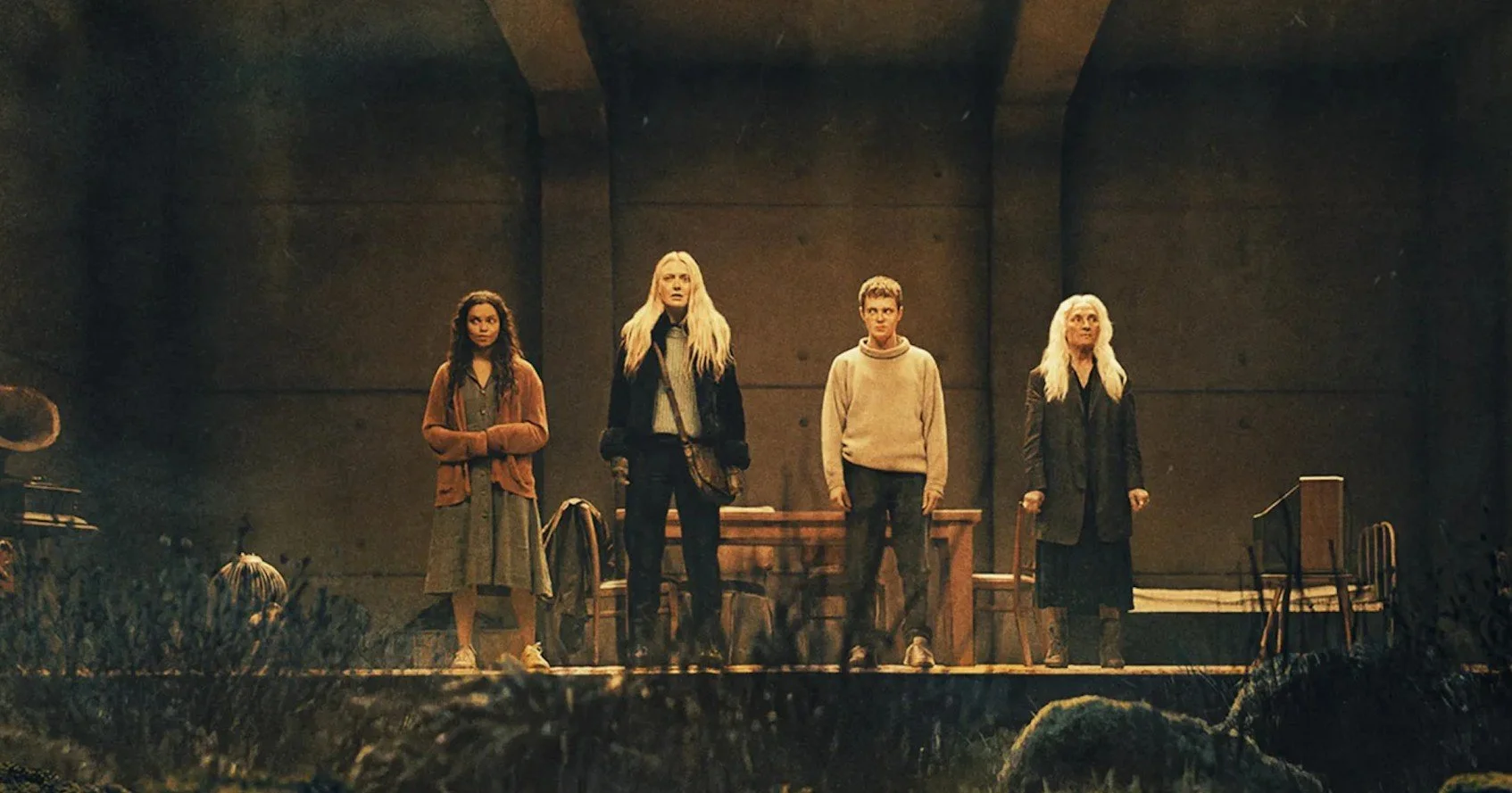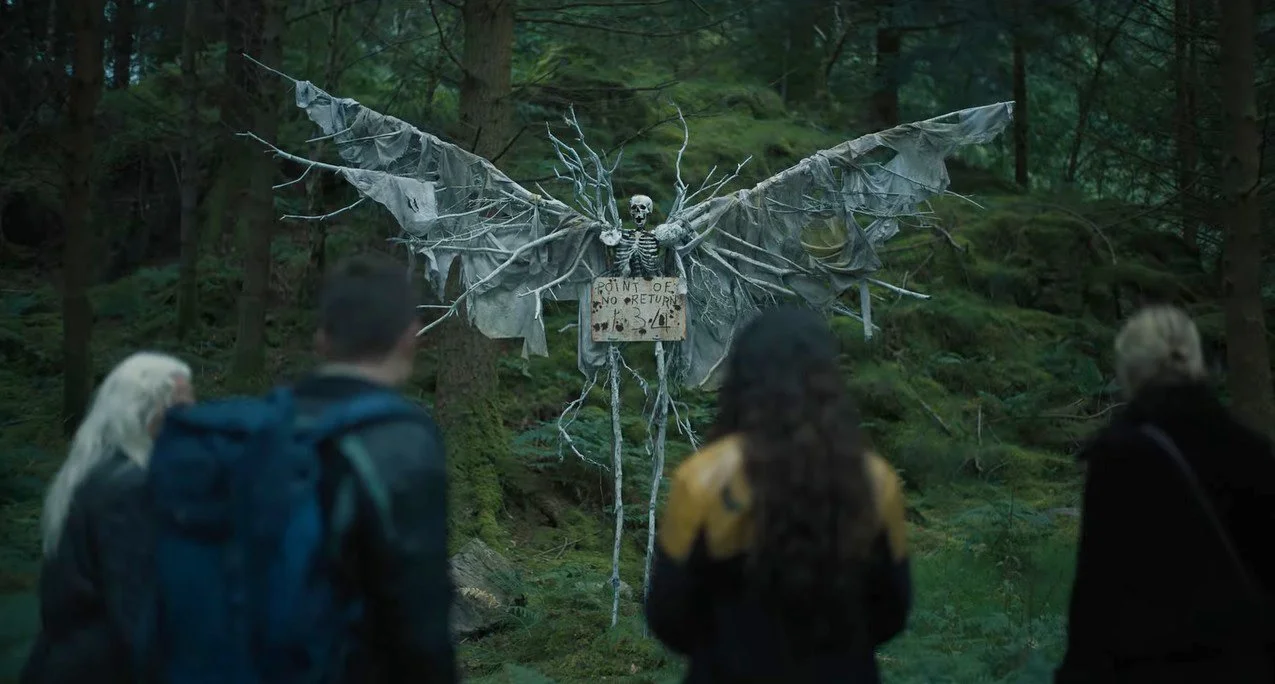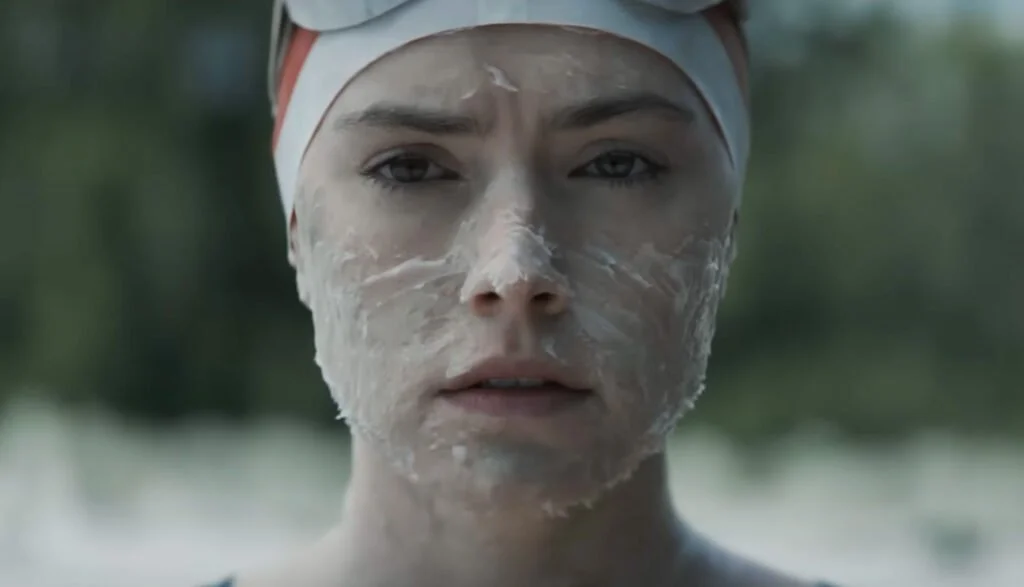The 49th Annual Toronto International Festival (TIFF) offers countless movie options for professionals and fans of all ages, and this proud Phoenix Film Festival critic has caught 39 films in the Great White North, so far. I recommend a ton of features, but here are five of my favorites, The Best of TIFF 2024 – Part One, and on Sept. 20, I’ll add an additional five for a Best of TIFF 2024 – Part Two article.
Thank you for reading, and I’ll see you soon, Phoenix!
“Anora” – Director/writer Sean Baker’s boy-meets-girl movie is an electric and turbulent exotic-dancer-meets-Russian-billionaire love story. Anora (Mikey Madison), or “Ani” as she prefers, dazzles Vanya (Mark Eydelshteyn) with seductive charm, and his freewheeling charisma and monetary excesses astonish her. This dynamic duo disregards their safety belts on their wild rollercoaster affair. Baker’s films (“Tangerine” (2015), “The Florida Project” (2017), “Red Rocket” (2021)) live on society’s fringes, but this high-roller flick frequently lives in lavish spaces. With kinetic camerawork and captivating performances, this comedy – with, of course, grounded drama too - flies as Baker’s most vivacious film.
“The Girl with the Needle” – Karoline (Vic Carmen Stone), a seamstress, can’t make ends meet in Copenhagen while her husband fights in The Great War. She’s forced to move into a dilapidated flat that sets in motion her desperate journey where harsh lines of societal classes and limited choices for women lead her to an unexpected landing spot with a new friend (Trine Dyrholm). Director/co-writer Magnus von Horn’s gorgeously shot black and white picture contrasts and compliments the exceedingly bleak narrative, and Stone delivers one of best performances of the year.
“The Seed of the Sacred Fig” – Germany’s Foreign Language Oscar submission, directed and written by Mohammad Rasoulof, is set in modern-day Tehran, where a family of four – at first - internally struggle with the differing generational outlooks on the 2022/2023 hijab protests. However, the focus changes once the patriarch, Iman (Missagh Zareh), faces a specific work crisis that spills into the home. Rasoulof’s stressful whodunit is filled with paranoia as Iman, Iman’s wife, Najmeh (Soheila Golestani), and their girls, Rezvan (Masha Rostami) and Sana (Setareh Maleki), attempt to cope with their in-house commotion as well as country-wide turmoil.
“The Substance” – When 50-something actress Elisabeth Sparkle (Demi Moore) feels the effects of Father Time, she turns to a mad-scientist treatment, a mysterious green liquid known as The Substance, and suddenly, her 20-something self (Margaret Qualley) appears! How cool, right? Well, there’s a catch. Uh oh! Director/writer Coraline Fargeat’s (“Revenge” (2017)) sensational body-horror tale gorges on gore and proudly holds up a maddening mirror to society’s demand for impossible beauty standards. Moore and Qualley are terrific, both inside and out!
“The Village Next to Paradise” – The sun is always shining in Paradise, a modest oceanfront village in Somalia, but there isn’t enough commerce for residents to save for a rainy day. Mamargade (Ahmed Ali Farah), a gravedigger by trade, can’t find enough work and even asks a colleague if any deadly drone strikes have recently struck…to help support his day job. He lives with his sister Araweelo (Anab Ahmed Ibrahim) and his young son, Cigaal (Ahmed Mohamud Saleban), but Mamargade leans on her for financial support while she also grapples with the depressing economic status quo. Director/writer Mo Harawe’s tranquil pacing and commitment to the three leads’ arcs deliver a mesmerizing watch over 132 absorbing minutes.
































































































